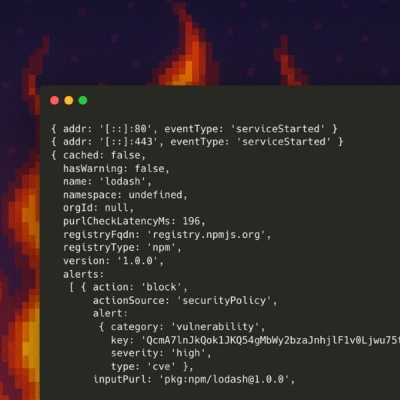functify

Add functional methods like map, reduce, filter, etc. to iterables (ES6 Iterators).
Why
Only Array has handy functions like map, reduce, filter, etc. Other iterable
objects such as Map, Set, String, NodeList, and your own iterables don't. It
would be nice if all iterables had access these functions.
Unfortunately, the Array versions of map and filter return a new array. This
results in wasted memory allocation when chaining map and filter. Iterators fix
this. A value is only computed when the final iterator in chain is asked for the
next value. The intermediate values are passed through the chain but aren't
permenantly stored anywhere.
This sounds an awful like transducers. It is, the main difference is that
methods can be called in-line as opposed composing function a priori.
Usage
let f = require('functify');
let numbers = f([1, 2, 3, 4, 5, 6, 7, 8, 9, 10]);
for (let odd in numbers.filter(n => n % 2)) {
console.log(n); // 1, 3, 5, ...
}
for (let even in numbers.filter(n => !(n % 2))) {
console.log(n); // 2, 4, 6, ...
}
for (let [odd, even] in numbers.split(n => n % 2, n => !(n % 2)).zip()) {
console.log(`odd = ${odd}, even = ${even}`); // [1, 2], [3, 4], ...
}
for (let square in numbers.take(3).map(n => n * n)) {
console.log(square); // 1, 4, 9
}
Maps and Objects
The new Map class in ES6 has three methods which return iterators:
keys()values()entries()
A Map instance itself can be used as an iterator, e.g.
let map = new Map();
map.set('x', 5);
map.set('y', 10);
for (let [k, v] of map) {
console.log(`map['${k}'] = ${v}`); // map['x'] = 5, map['y'] = 10
}
functify wraps Map instances and exposes versions of keys(), values(),
and entries() that methods like map() and filter() can be chained to, e.g.
for (let v2 of functify(map).entries().map(pair => pair[1] * pair[1]) {
console.log(v2); // 25, 100
}
Note: chaining in the opposite order is not allowed because map may return
something that isn't an entry, i.e. a [key, value] pair.
Plain old JavaScript objects do not have methods. ES5 has the static method
Object.keys() and there is a pre-strawman proposal to add Object.values()
and Object.entries(). The problem with these methods is that they return
arrays which consume memory.
functify wraps Object instances, adding keys(), values(), and entries()
methods along with all the other methods that functify provides.
let obj = {
x: 5,
y: 10
}
for (let [k, v] of functify(obj)) {
console.log(`obj['${k}'] = ${v}`); // obj['x'] = 5, obj['y'] = 10
}
The combines the simple creation and access syntax of Objects with the powerful
iterators provided by Map.
Implementation Details
functify wraps iterables in an object with methods to performan map, reduce,
filter, etc. This object is also iterable. Here's how:
class Functified {
constructor(iterable) {
this.iterable = iterable;
}
*[Symbol.iterator]() {
for (let value of this.iterable) {
yield value;
}
}
// various instance and static methods
In order to make it easier to write methods on Functified there's also a static
method fromGenerator(generator) which takes a generator and returns an iterator.
static fromGenerator(generator) {
return funcitify({
[Symbol.iterator]: generator
});
}
This allows methods to be easily implemented. Here's the implementation for map:
map(callback) {
var iterable = this.iterable;
return Functified.fromGenerator(function* () {
for (let value of iterable) {
yield callback(value);
}
});
}
Pausable
Sometimes you may want to take some of the values from the iterator, do something
with those values, and then resume taking values where you left of at some point
in the future. Normally you would have to resort to creating an iterator and
calling next() manually, e.g.
var numbers = [1,2,3,4,5];
var iterator = numbers[Symbol.iterator]();
for (let i = 0; i < 2; i++) {
console.log(iterator.next().value);
}
// do something else
while (true) {
let result = iterator.next();
if (result.done) {
break;
}
let value = iterator.next().value;
let square = value * value;
console.log(value * value);
}
The toPausable() creates an iterator Below is an example of how this works.
var numbers = [1,2,3,4,5];
var pausableNumbers = numbers.toPausable();
for (let n of pausableNumbers.take(2)) {
console.log(n); // 1 2
}
// do something else
for (let n of pausableNumbers.map(x => x * x).takeUntil(x => x > 16)) {
console.log(n); // 9 16
}



